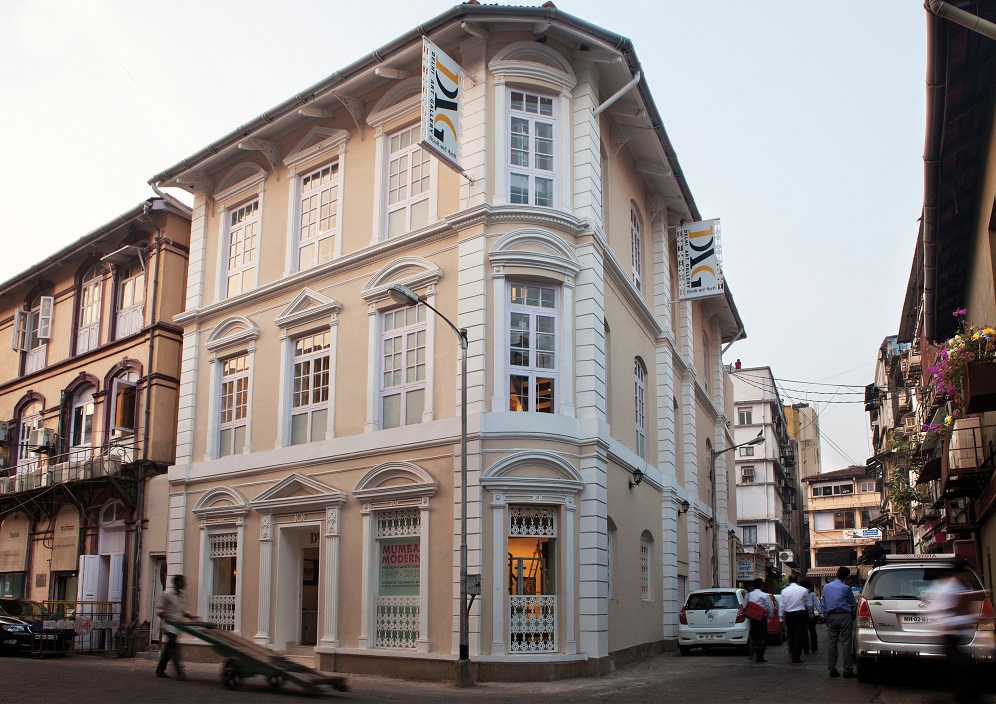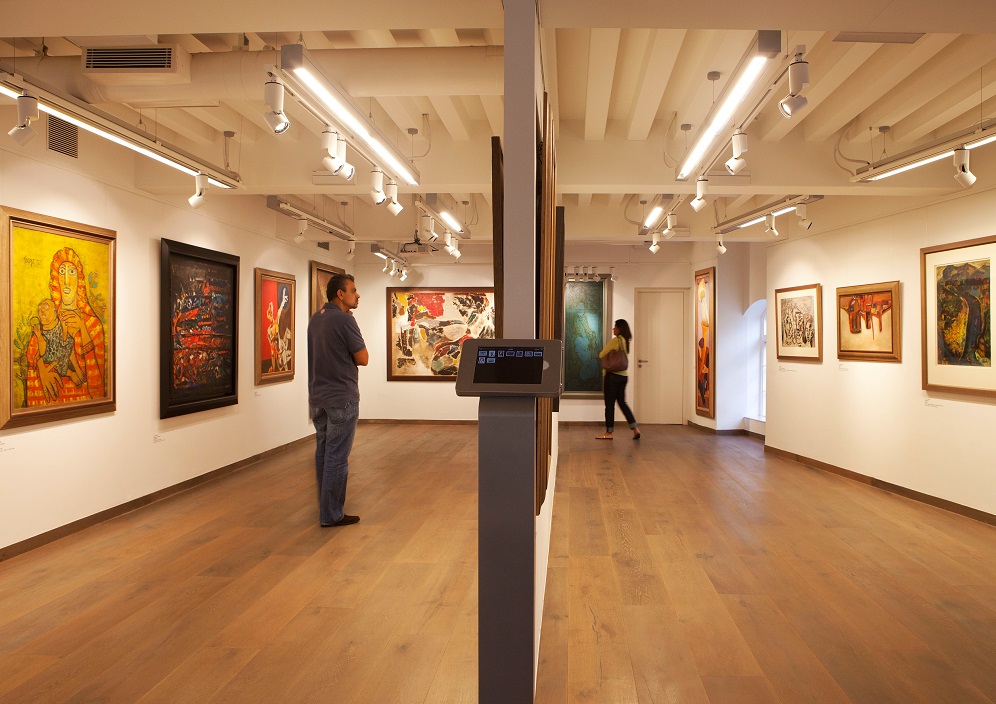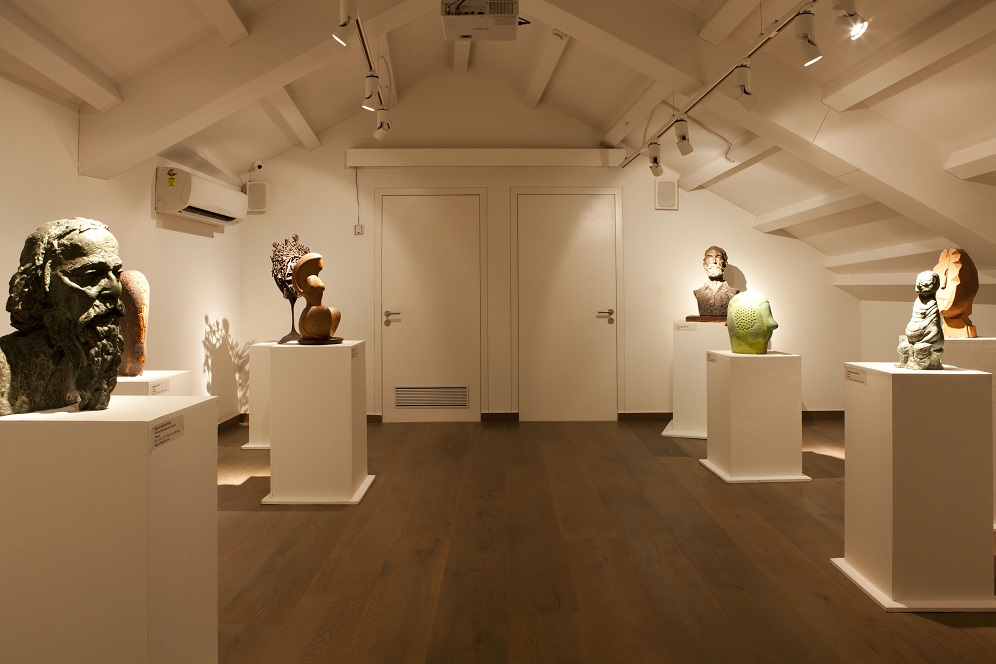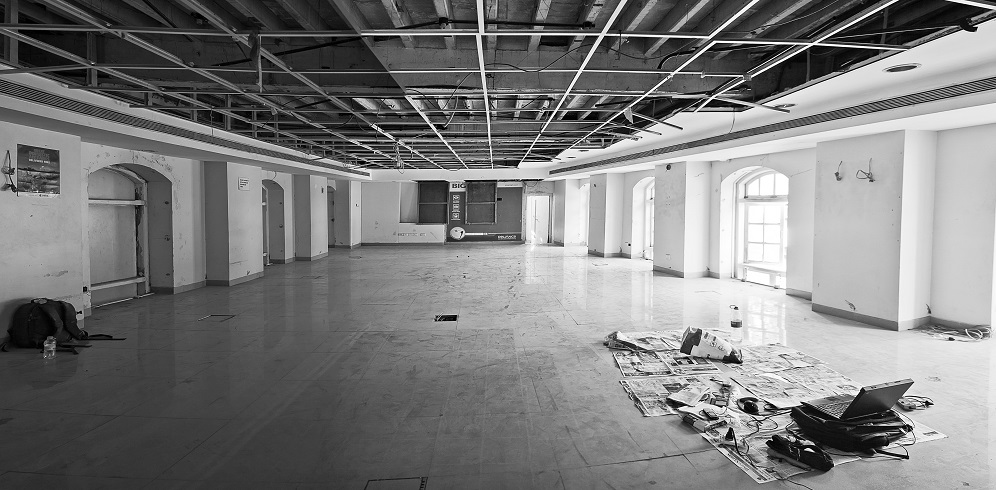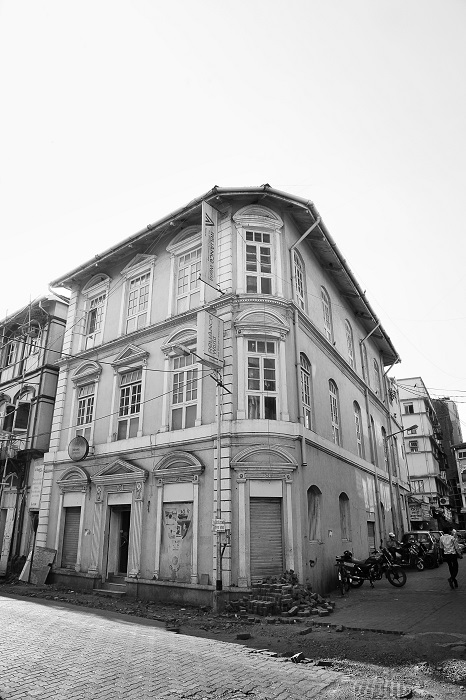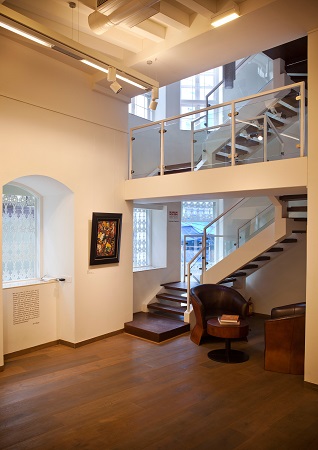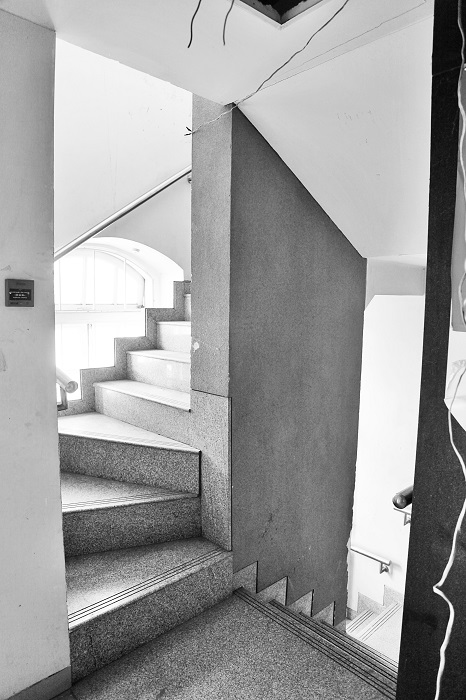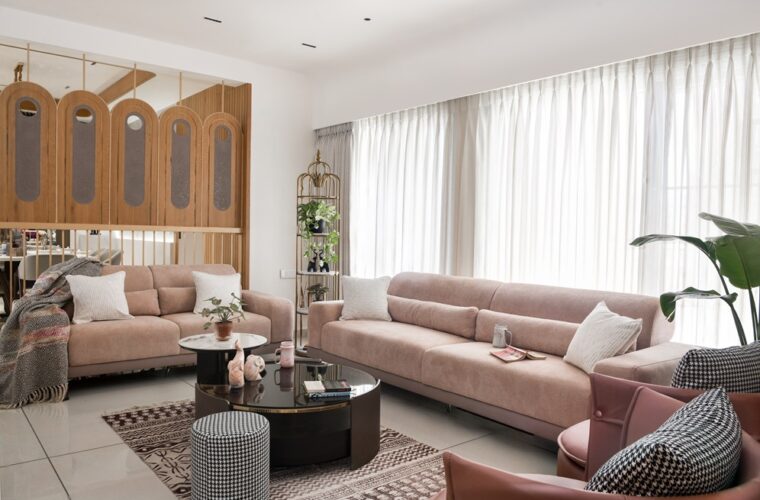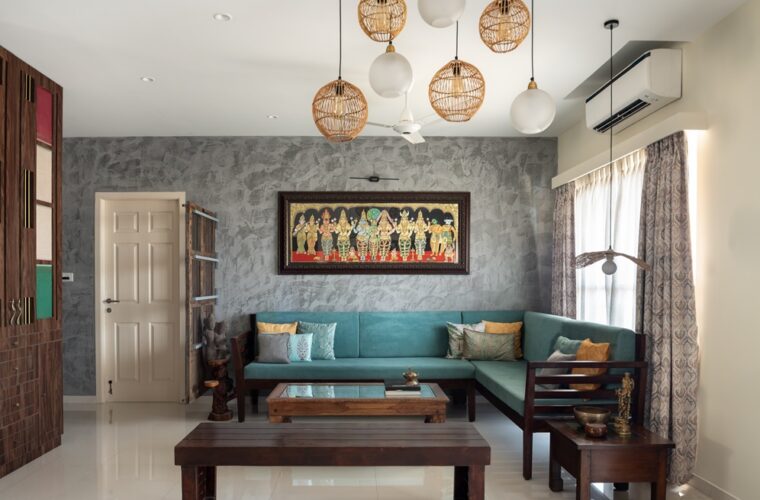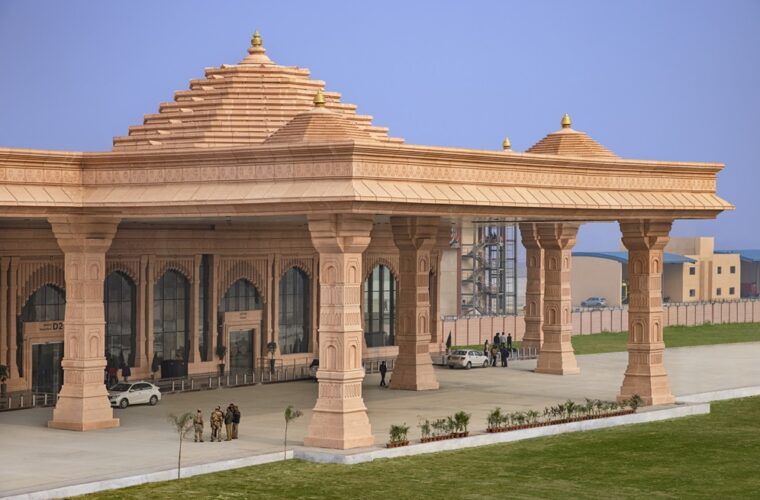Adaptive reuse for colonial-era art galleries
Photography: Deepshikha Jain
Mumbai-based Morphogenesis has designed the DAG, a high-end art retail and gallerist for contemporary art in Delhi and Mumbai. It holds one of the world’s largest collections of Indian Modernist art, with around 30,000 paintings displayed on both sites. Built over 7000 sq. ft., the project comprises multifunctional zones such as the library, an art gallery, storage and office.
The client, the Delhi Art Gallery, wanted a sophisticated and introspective space, where the spatial composition was broken into a set of reconfigurable rooms. Moveable fretted screens and sliding panels offer maximum exposure to the artwork, while handcrafted metal jaalis with trelliswork bring an Indian identity. The sliding panels allow the works to be stacked or mounted to the walls in various arrangements, providing the gallerist with maximum storage without compromising on aesthetics.
At DAG Mumbai, the site is built from a century-old and four-storied warehouse that has undergone a strong cultural revival. After extensive renovation, the project was transformed into an adaptive reuse project with colonial-era architecture. Local colonial motifs are used in woodwork and metal, along with the façade’s original wrought-iron and stucco features. In Delhi, a full-sized multimedia projection screen at the entrance façade maximizes the interface between the gallery (including the collection, artist and relevant information) and visitor.


